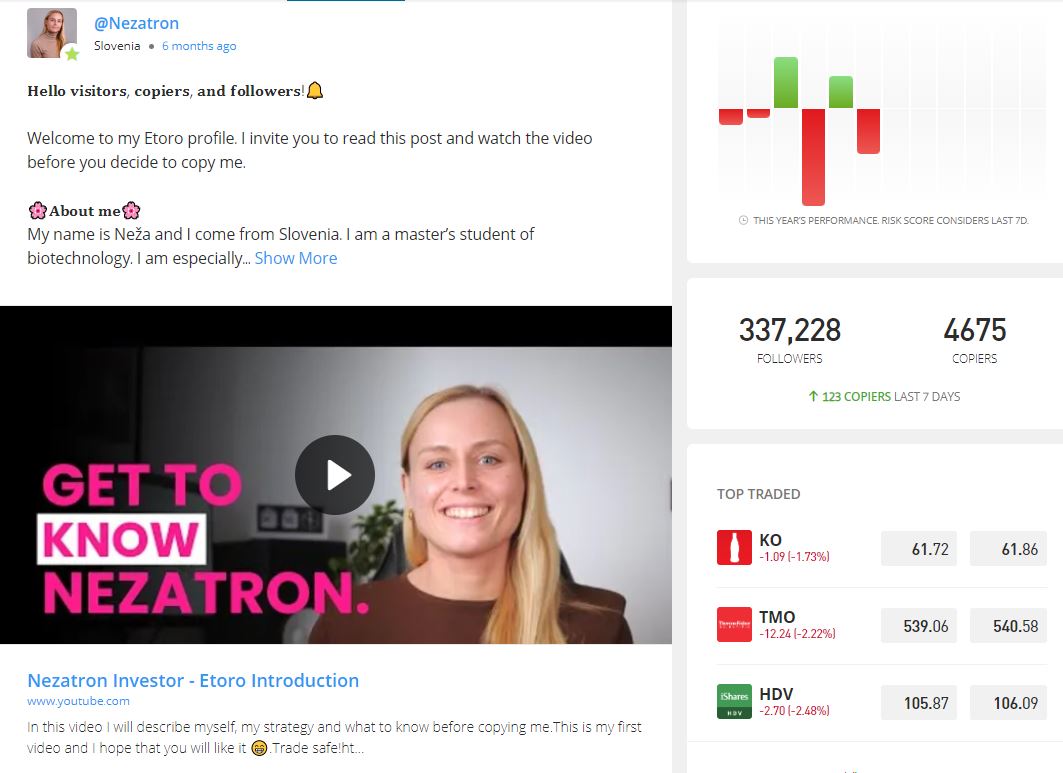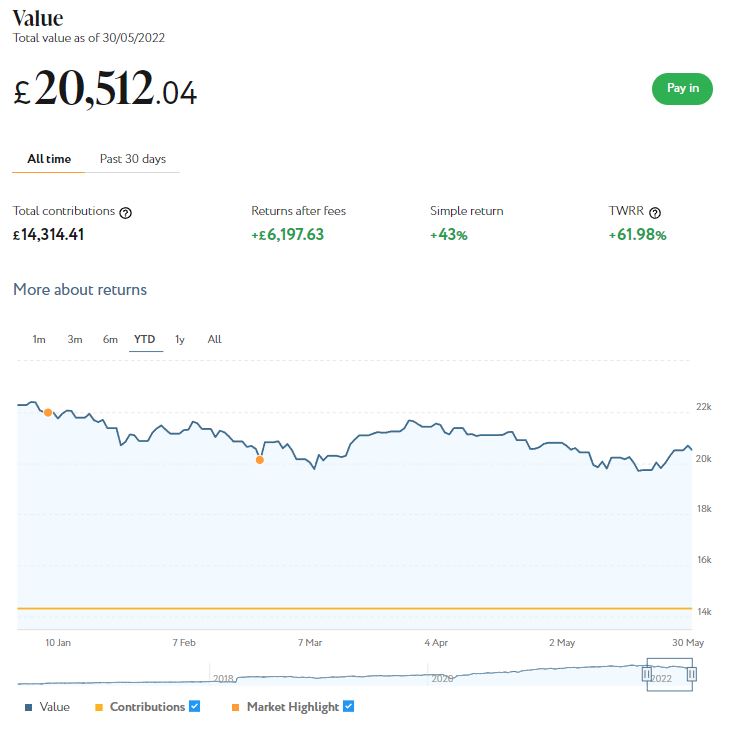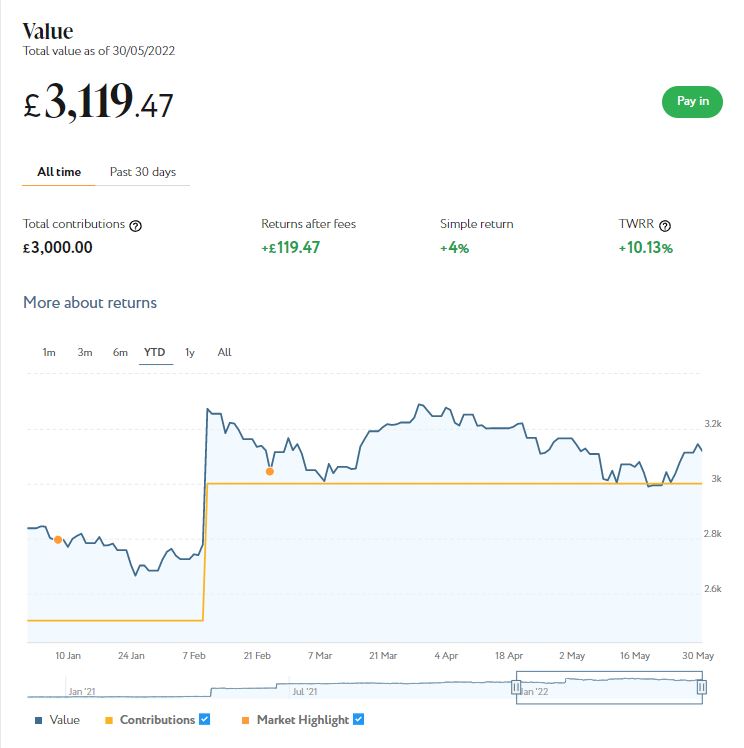How to Get a Self-Employed Mortgage
As of April 2022 there were 4.21 million self-employed people in the UK (source: Statista). Being your own boss clearly has many attractions, but it can have drawbacks as well. And one of these is the potential for complications when the time comes to apply for a mortgage.
So today I am sharing some tips for freelancers and other self-employed people to make this process as painless as possible. I am indebted to my friends from Suffolk Building Society for their assistance with this.
I should start by clarifying that in this article I am not only addressing freelancers operating as sole traders but also people trading in partnerships or as limited companies. Mortgage lenders tend to group everyone in these categories together under a ‘self-employed’ banner.
Suffolk Building Society’s Head of Mortgages, Charlotte Grimshaw, says: “Nowadays, many more mortgage providers are inclined to lend to freelancers than perhaps they once were. Some providers offer specific self-employed mortgages, while others offer freelancers access to standard mortgage products, as long as they meet certain criteria. So if you don’t see any ‘freelance’ mortgage products it doesn’t necessarily mean the provider won’t lend to you.”
Suffolk Building Society has collated a list of useful points to help freelancers be better informed, should they need to apply for a mortgage.
Considerations For All Freelancers
- Many people, but especially freelancers, gravitate to their bank to obtain a mortgage in the belief that their bank will understand their finances and will be more likely to lend. This is not necessarily the case, especially for freelancers whose finances may be more complex than an average mortgage applicant’s. Finding a specialist mortgage lender who can understand your business gives a much higher chance of a successful application.
- Lenders will understand that different industries make payments in different ways i.e. a videographer may be paid at the end of a project, whereas a marketing consultant may invoice once a month. As long as the freelancer is being paid in what is considered a ‘normal’ way for that industry, lenders tend to take a favourable view.
- There is generally no minimum age for freelancers to apply for a residential mortgage, whereas buy-to-let mortgages often have a minimum age of 21, 25, or even 30. If someone has a proven history and deposit, their age should not hold their application back.
- Similarly, there is no legal maximum age limit for freelancers to apply for a mortgage, but lenders will set their own criteria.
- If freelancing is a side hustle (as opposed to an individual’s main source of income) most lenders’ standard position is to use 50% of their freelancing work in affordability calculations and the individual should be prepared to provide tax returns as evidence that this income is sustainable.
For Freelancers Running a Limited Company
- Two years of company accounts are usually required for freelancers running their own business – some lenders may consider less.
- Make sure company accounts are filed on time – late filing could ring alarm bells with the lender.
- Different lenders will have different affordability criteria and may base their mortgage offer on salary and dividend, net profit or retained profit. It is worth speaking to an accountant to properly understand the relevant figures before applying for a mortgage.
- If a freelancer has switched their business model from sole trader to limited company but doesn’t have two years’ worth of accounts, the lender may take a favourable view if the individual is in a similar industry or sector.
- Some lenders will take the average of two years’ accounts, others will base their lending decision on the worst year – whether that be year one or two. Freelancers who have had a particularly poor year (e.g. due to the impact of the Covid pandemic) but can explain why will still be considered for a mortgage.
- Freelancers who are concerned about having a poor year before applying for a mortgage can ask their accountant for an estimated projections letter to support their case.
For Freelancers Operating as a Sole Trader
- Two years of operating as a sole trader is usually the minimum required to apply for a mortgage. Some lenders will prefer more and some will accept less but two years is a good rule of thumb.
- Keep all paperwork related to freelance work – from contracts, to bank statements, invoices and remittance notes, as a lender may ask to see it.
- It can be helpful, but not always essential, to have a separate bank account to keep track of business expenses and income away from personal finances. If not, be ready and able to clearly demonstrate the difference in personal and business funds.
- Lenders may use a day rate calculation such as five times the value of daily contracts, multiplied by 46 or 48 weeks (to allow for some downtime/holiday etc). The S302 form will be used as a way to calculate previous earnings based on submission to HMRC, so this needs to be available.
- If the applicant’s freelance work is in the same sector as their previous employed job, then an application can sometimes be supported by evidence of PAYE income in the form of P60 forms.
For Freelancers Operating Under an Umbrella Company
- There are mortgage providers who will lend to freelancers who use an umbrella company but it is usually best to engage the services of a specialist mortgage broker for advice on this front, as the application can be more complex. Much of the guidance above still applies in terms of demonstrating clarity of earnings and stability of contracts.
Final Thoughts
Charlotte Grimshaw from Suffolk Building Society concludes: “Having been made redundant during the pandemic, many people turned to freelancing and in most cases, they haven’t looked back as they embrace the autonomy and freedom of being their own boss – but some may be a little concerned if they need to apply for a mortgage for the first time or remortgage their existing property. However, the barriers that freelancers once faced in getting a mortgage are coming down, as lenders embrace different, and often multiple, sources of income.
“There are plenty of mortgage products for freelancers out there but start by researching ‘self employed mortgages’ rather than ‘mortgages for freelancers’. Don’t get too bogged down in worrying about whether your business structure will be suitable for a specific lender as most are adept at understanding the different ways freelancers are paid – just make sure your finances are organised, comprehensive and up to date.”
Many thanks again to Charlotte and her colleagues at Suffolk Building Society for their help with this article. If you are self-employed and considering applying for a mortgage, I hope you will find it helpful. Naturally, SBS offer self-employed mortgages themselves. You can find out more on this page of their website if you wish.
- You might also enjoy reading this article by my blogging colleague Lawyer on a Mission on How to save Money on Your Mortgage.
As always, if you have any comments or questions about this post, please do leave them below.









